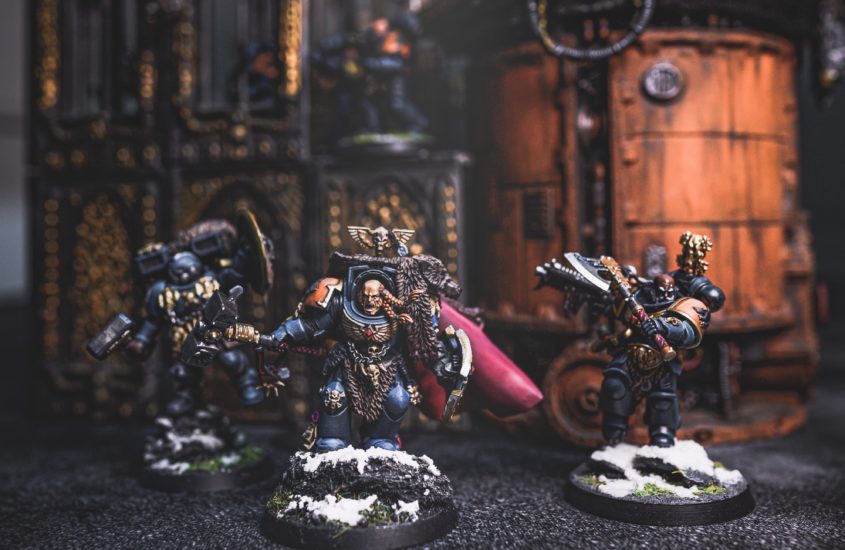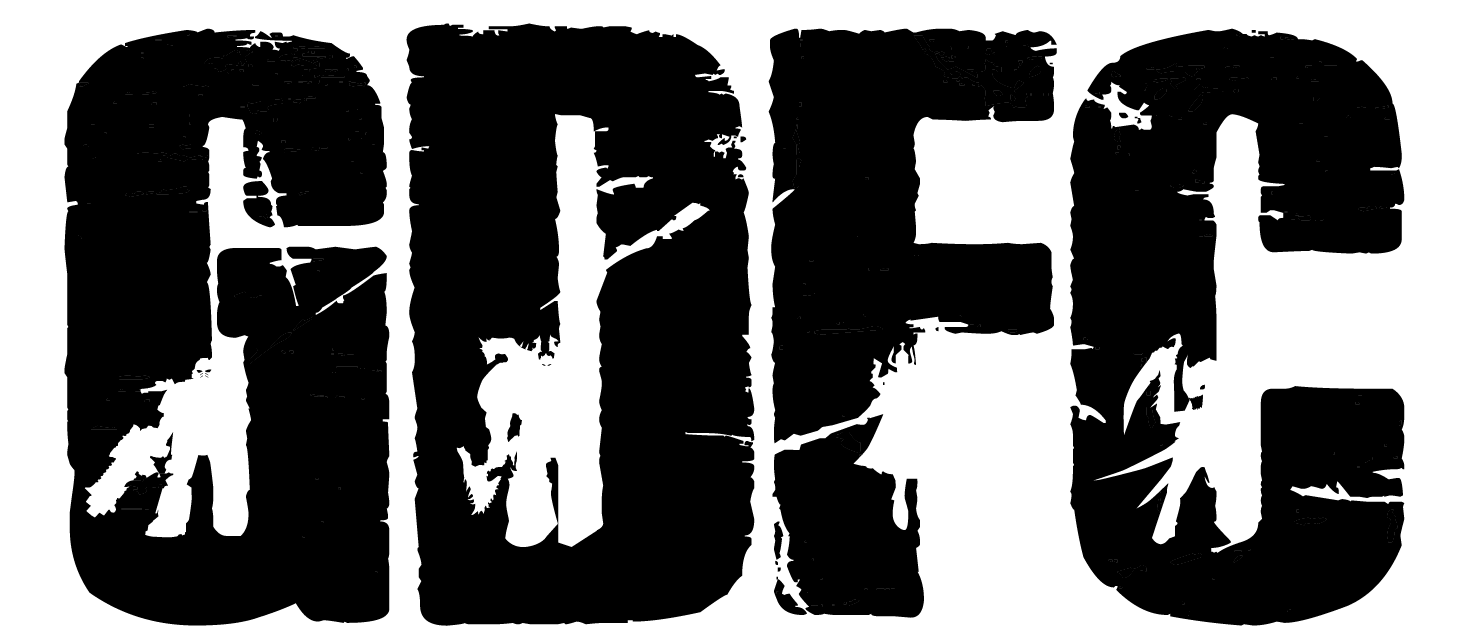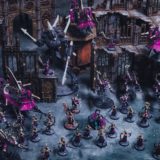Coach’s Corner: Earning more than “your points back”

“Earning your points back” is an age old metric used to measure a units worth. The problem is it’s horribly outdated. The game has evolved with more objectives, maelstrom cards, and progressive scoring – It’s time to evolve how we analyze units and performance in games as well.
The first thing to understand is how you win a game and this is simply done by scoring more victory points than your opponent. As a result your strategy falls into ether scoring victory points, denying victory points to your opponent, or more realistically a mixture of both. These are normally achieved indirectly by just killing your opponents models. Killing units usually nets you points, and denies your opponent’s ability to act in the game. People go through great lengths to calculate offensive output from a unit, but this is only an indirect measurement of in game success.
How can we evaluate total unit performance?
Step one is to set the range on our scale. We will start with a simple Eternal War Mission, Narrow the Search. You first need to understand the total possible points in a game. Three points are available to each player for slay the warlord, first strike, and linebreaker. At the end of each battle round, there is one objective mutually exclusive, being awarded to whoever controls the center. For simplicity, we will take an average game of 6 turns. The total combined score for both players will be 12 pts (3 pts to each player for warlord, first strike, linebreaker, and 6 total primary objective points). You will win the game if your army can do a combined scoring/denying of 12 pts. If you can score 7 pts, and deny 5 pts to your opponent you win. Likewise you will also achieve victory by scoring 6 points but deny 6 (this is possible by tying for control of the center objective).

Out of a standard 2000 pt list, this means that each 100 pts will need to score/deny 0.6 pts. Or every 200 points will need to score/deny 1.2 pts. If a 200 pt unit scores 1 pt, it’s a slight underperformance, while 2 pts would be a wild success for the unit. Should you sacrifice that objective secured unit to swing the center objective and get you a point? Absolutely! This will let us assign a VP score to a unit. Anything over 0.6 VP/100pts is great, while anything less leaves something to be desired. It’s also a handy metric to track in your army game to game. Thinking of cutting a unit for your army? Keep track of its VP score game to game and see if you are getting the value out of that unit.
Can we apply this thinking to a more complex game type?
A perfect ITC game would net you 42 points over 6 battle rounds, and deny your enemy 42 points. Creating a maximum differential of 80 pts. Now the average points scored in ITC is much less than that at 22 pts, according to 40kstats.com. For two players that nets a total of 44 of the possible 84 pts, about half. I think this helps us create a realistic expectation that in a game, if you can gain/deny a combined total of about 40 pts, you will be in a strong position to win the game. This simplification will help our math in a little bit.
For example, if you can score 25 pts, but deny your opponent 15, you are in a good shape to win the game. Alternatively you could score 35 pts, deny your opponent 5 and still be in a strong position regardless of how many other points your units gave up. In a standard 2000 pt game, this means each 100 pts of your list should be scoring/denying 2 pts.
How can I use this metric to make decisions and evaluate my units?
Start by simply estimating how many victor points a unit for your army scored or denied. When you first start it will be hard to assign an exact number, but you can make note of a few key things:
- Did a unit contribute a large portion of your ability to kill more a turn?
- Was a unit able to move onto an objective and steal it from an opponent?
- Did a unit of yours prevent your opponent from moving/shooting where/what he/she wanted to?
Realistically there are too many scenarios to name, but start thinking about how your units contributed to the games VP total. Maybe you can uncover some really powerful ways you used your units or maybe even some sub optimal plays. Don’t forget that even if a unit makes more than their VP back, you can evaluate if they were able to maximize their output!

For example, a recent game had me charge my wulfen into the enemy talos on turn 3. I had removed the ranged threats to the wulfen by that point, and prior to charging they were sitting safely in some ruins. Their threat range was actually keeping my opponent back, making it harder to score the middle objectives in Scenario 1: Seize Ground. The wulfen had denied hold more for two turns, generating me two VP. I charged them into the talos, and they did get me all 4 gangbuster points. My 300 pt unit did a great job netting me the targeted VP/100, but after the game I realised that keeping them in the ruins would have denied hold more. With most of the threat to them neutralized, the risk of losing them in the next few turns was low. I could have held them in the ruins a turn or two longer to deny hold more again, gaining even more VP/100. I ended up losing that game by 2 pts.
Think about what role your units in your army are performing. Only one unit can get you a kill per turn, or hold one. Here are a few tips to make the analysis more granular:
- For hold/hold more: Suppose you have 6 troops at 100 pts designed to get you hold in your list. If your goal is to get a hold each turn with them, and potentially hold more you will want to rotate your troops, keeping some in reserve/hidden to keep them safe. You don’t want to put them all out on objectives turn 1, where you lose half of them to return fire. Instead you should stagger them and send them out to hold, and at key moments using multiple for hold more.
- For kill/kill more: Think about how much each unit contributes to killing per turn. This is usually more straightforward as heavy hitters will remove units at a time and can easily be recorded. Small troops units you can track what fractions of kills you get. A not so obvious thing to consider is there tools in your army that can help finish off or remove wounded units. Things with indirect fire or high mobility can be great for this. Niche units like snipers can give you edges in kill/kill more by sniping characters as well.
- Keep an open mind.
- If you get in the habit of thinking how a unit is helping you win the game, instead of just helping you kill your opponent you will start to find a lot of hidden value.
- This is a concept that is still in development so we would love to let us know what you think! Join in the discussion on our discord or leave us a comment!

is a founding member of Grim Dark Filthy Casuals, Content Director, Editor, Author, Coach and Chief Dad Joke Officer









ปั๊มไลค์
Like!! Great article post.Really thank you! Really Cool.